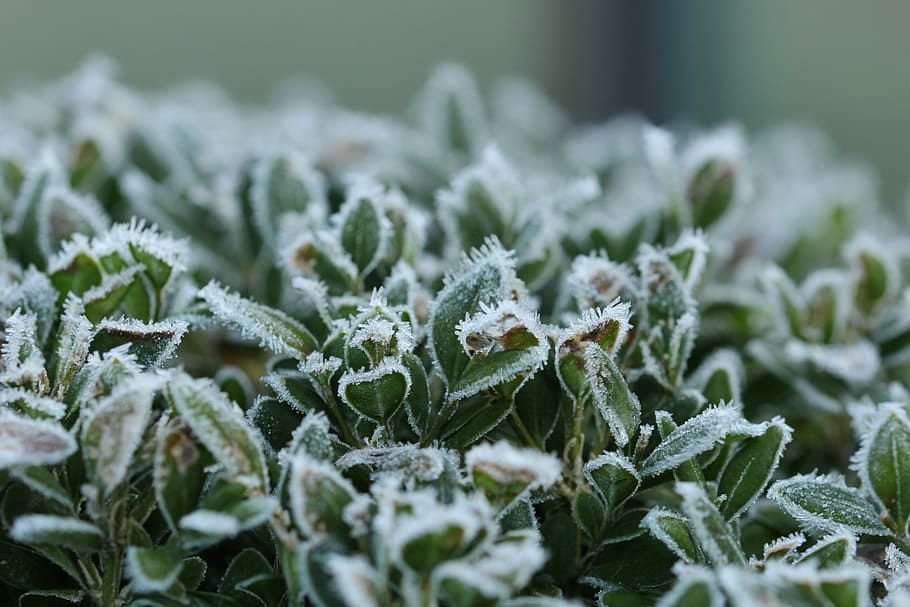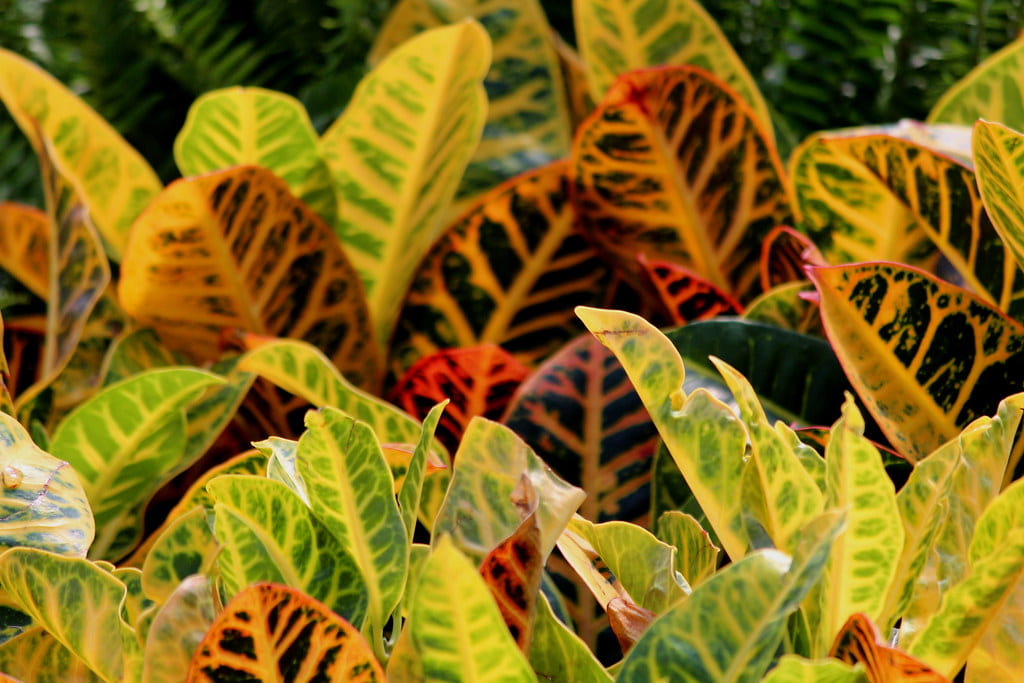In continuing my theme of plant care, I have decided to write a post about how cold weather can affect indoor plants. Although it would be logical to assume that since the plants are indoors, they are unaffected by the changing of seasons, that is not 100% true! Even though they are kept inside, the seasonal changes that accompany cold weather are enough to necessitate a change in a plant’s care. Luckily, most of these changes are relatively simple and easy to implement into a normal plant care routine. If you want more plant care tips, feel free to check out my other blog post, “Be-leaf in yourself! ( and other tips on raising indoor plants)”.
Light

The short and dark days that can drag us down, can also affect plants. Sunlight is an essential part of a healthy plant’s diet, without which it can lose its luster and even die. To prevent this, it is a good idea to place all indoor plants in windows that receive the most of the day’s sunlight. Even for more light-averse plants, the weak rays of a south or west-facing window typically does more good than harm. Additionally, consider investing in a UV light lamp, which can boost the amount of growing light a plant receives. Either of these ways is an excellent step towards improving your plant’s growth during the winter.
Water

It may sound counter-intuitive, but indoor plants need less water in the cold weather. While it’s true that the colder air is typically drier, plants experience a slower rate of growth during the cold weather. Some even cease growing altogether. Less water is needed to keep them hydrated and overdoing it can lead to root rot. In this way, it is best to check with care instructions for the specific plant, to see how much to water at this time.
Humidity

Humidity is important for all plants, but especially the warmer climate varieties used as typical houseplants. Too much humidity and they can become moldy, too little, they can become brittle and prone to breaking. To ensure they stay hydrated, the humidity should be around 40-50%. One way to do this is to place houseplants in groups. Not only does this look terrific, but it also creates a pocket of humidity, as the moisture released from the plants collectively, benefits each other. You can increase the humidity even more by placing a dish of water in the center of the cluster. The evaporation allows for more humid air.
Temperature

Most plants, like people, are comfortable in daytime temperatures between roughly 65-75 degrees Fahrenheit, and nighttime temps above 50 degrees Fahrenheit. To provide that for your plants, keep them away from both cold drafts and sources of heat, like radiators, ovens, fireplaces, and electronic devices. Make sure that if plants are placed in windows, they are kept warm, and away from any drafts that may occur. Frequent fluctuations in temperature can kill houseplants just as easily as prolonged periods of heat or cold. For this reason, make sure to keep your plants just as comfortably situated as you would like to be!
Food

Since your houseplants are barely growing, they don’t need any fertilizer. Feeding them now will just upset their natural cycle, so hold off until spring. When you start to see signs of new growth, or the green of the existing leaves appears to perk up, resume giving your houseplants fertilizing, to give them a quick boost for the growing season.
Making these little shifts in the care of your plants is a great way to ensure that your indoor plants are happy and healthy. Houseplants and taking care of them are a great way to destress and brings a nice spot of color to the otherwise grey weather. Take care of your plants, and they will help take care of you!
Sources:
Admin. “15 Things You Are Doing Wrong That Are Killing Your Houseplants.” Balcony Garden Web, 9 Dec. 2019, balconygardenweb.com/indoor-plant-dying-houseplant-problems/.
“Caring for Indoor Plants During Winter.” Sunday Gardener, 7 Feb. 2019, www.sundaygardener.net/caring-for-indoor-plants-during-winter/.
Dyas, Brie. “6 Things Your Plant’s Leaves Are Trying to Tell You.” Good Housekeeping, Good Housekeeping, 21 Mar. 2018, www.goodhousekeeping.com/home/gardening/g2681/plant-leaves/.
Enbom, Staffan. “Icy_LingonBerry.” Flickr, Yahoo!, 3 Jan. 2005, www.flickr.com/photos/10449804@N00/2891327.
“Tips For Saving Cold Damaged Plants.” Gardening Know How, 1 Sept. 2019, www.gardeningknowhow.com/plant-problems/environmental/tips-for-saving-cold-damaged-plants.htm.
“Tips to Care for Indoor Plants in the Cold Winter.” Angie’s List | Join for FREE to See 10 Million Verified Reviews, 15 Oct. 2019, www.angieslist.com/articles/tips-care-indoor-plants-cold-winter.htm.